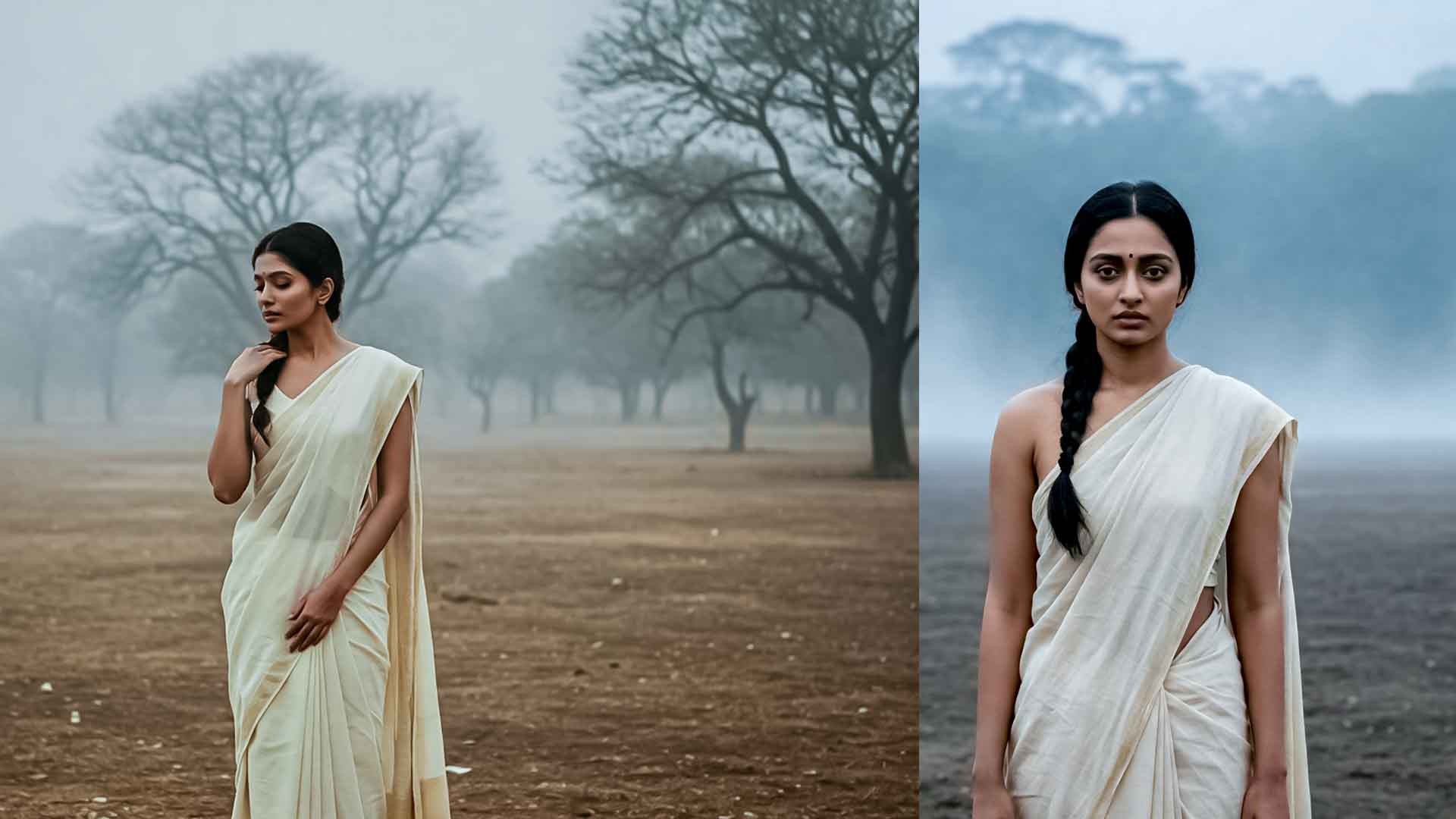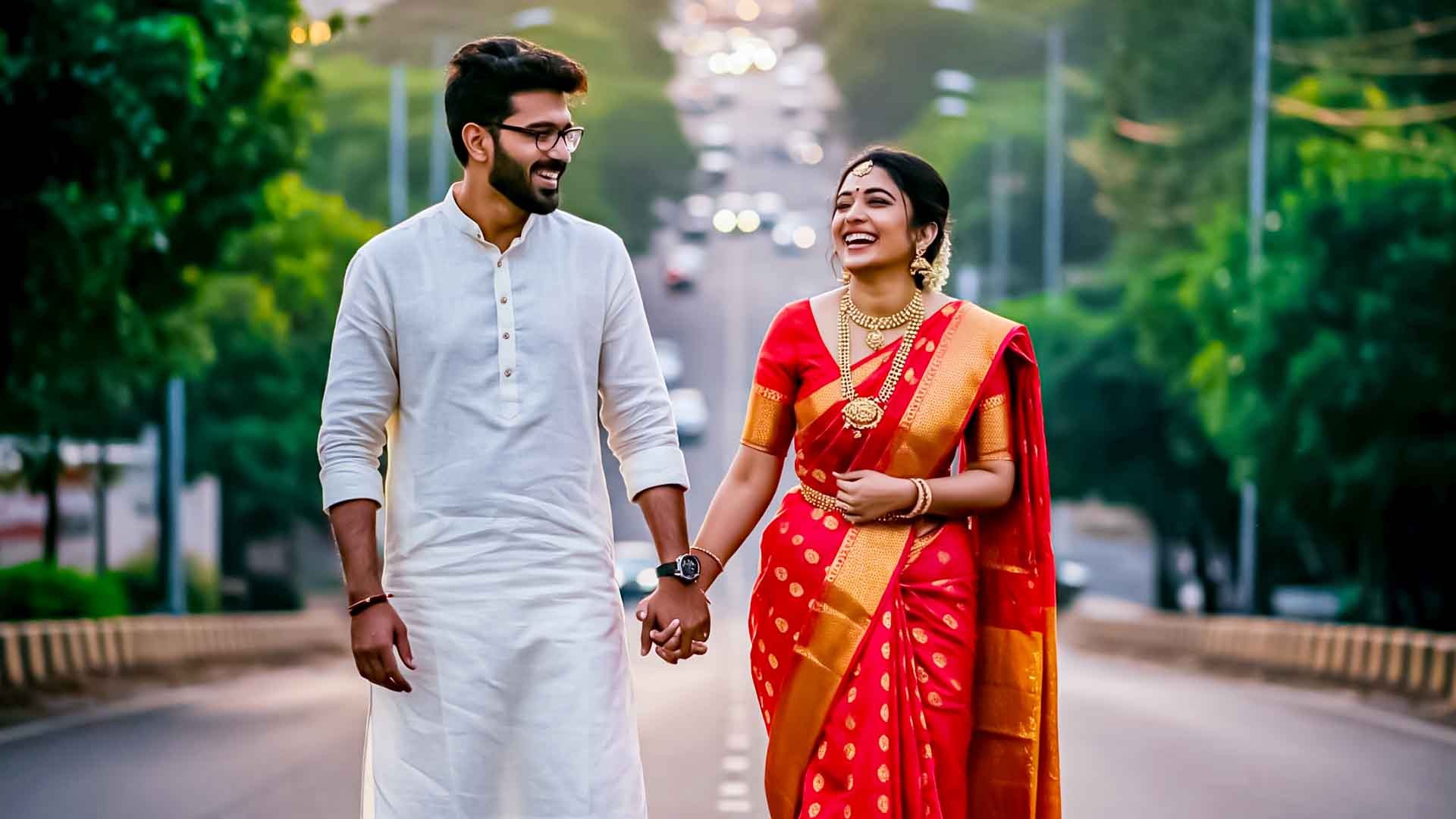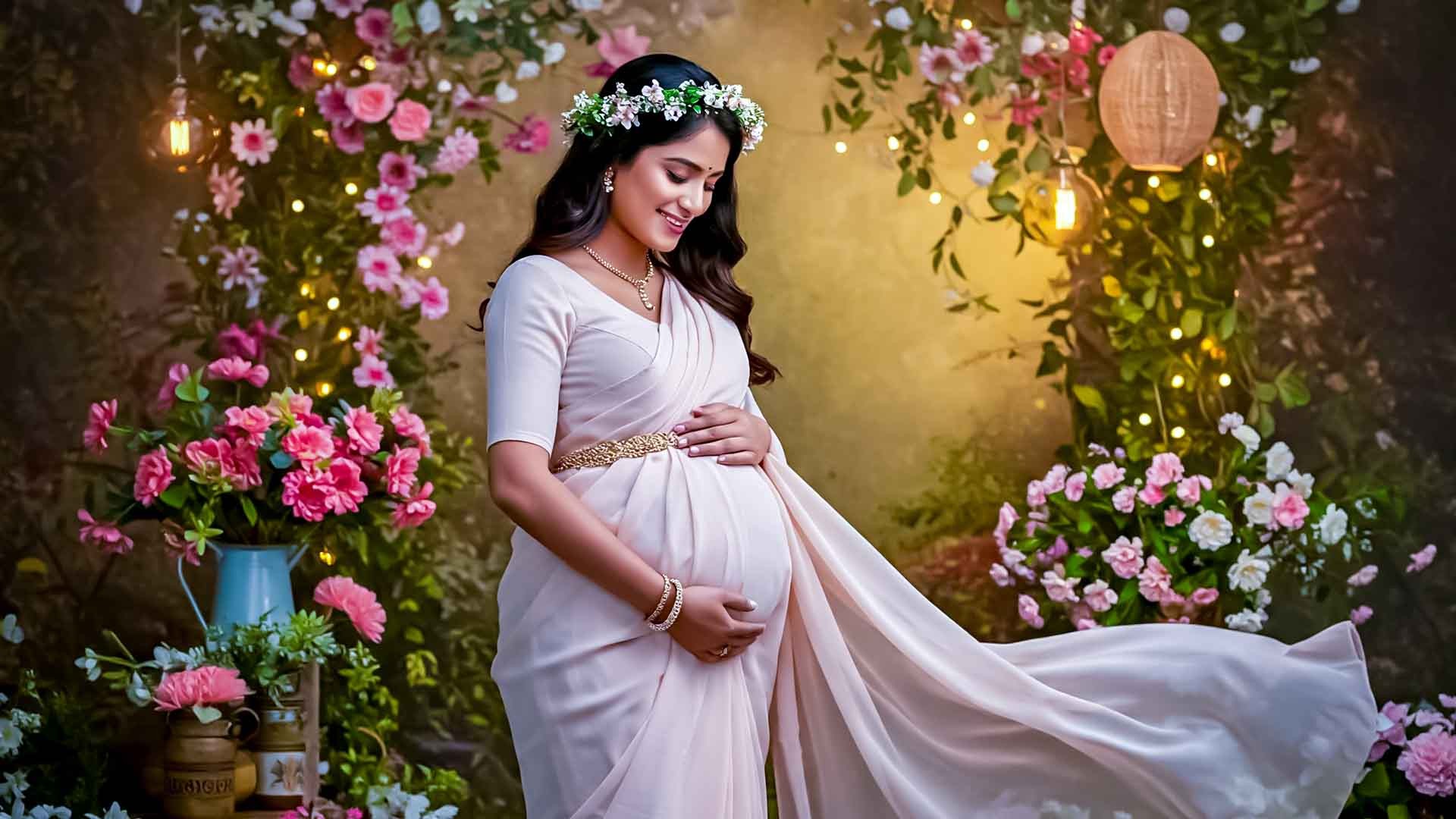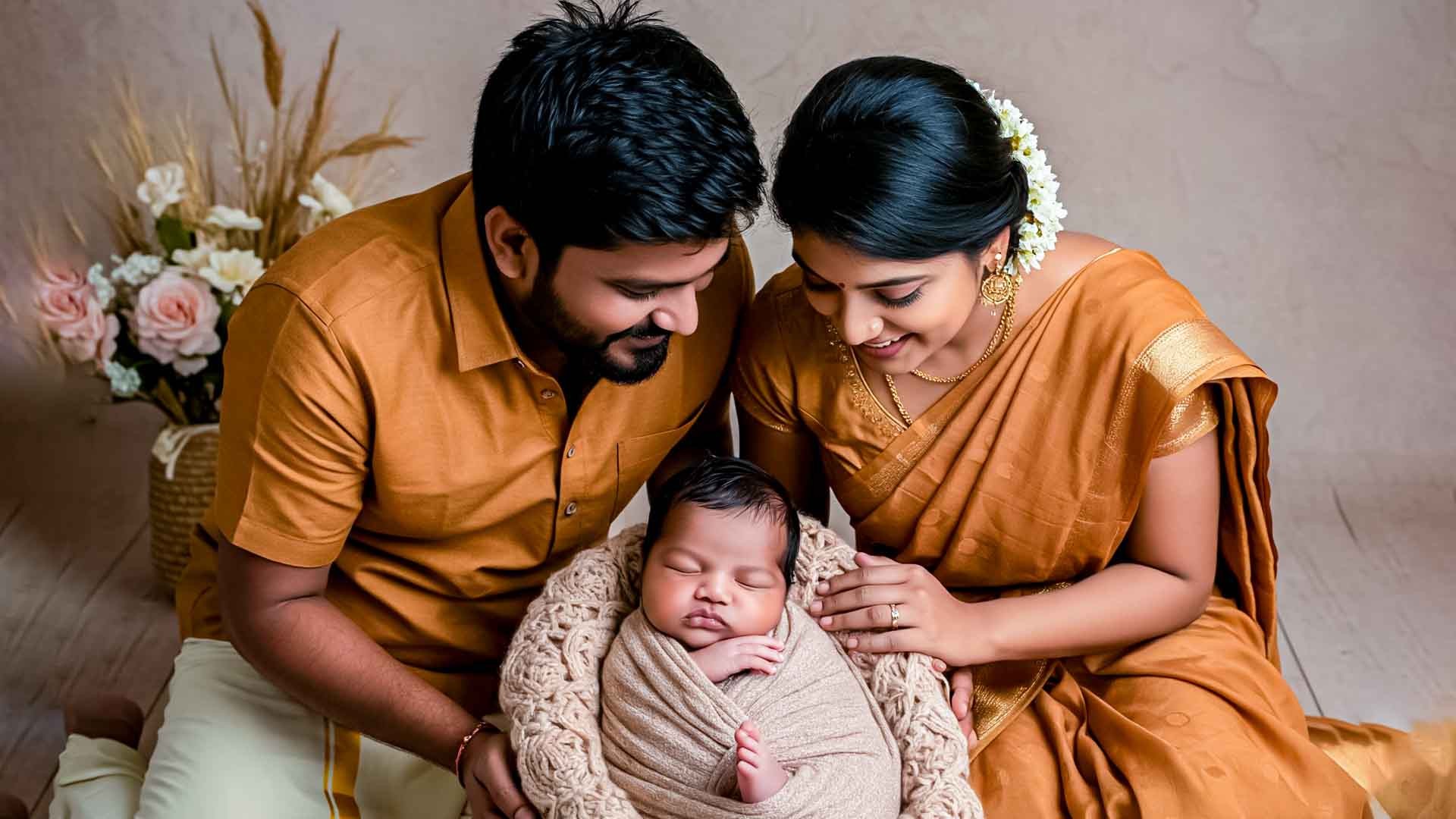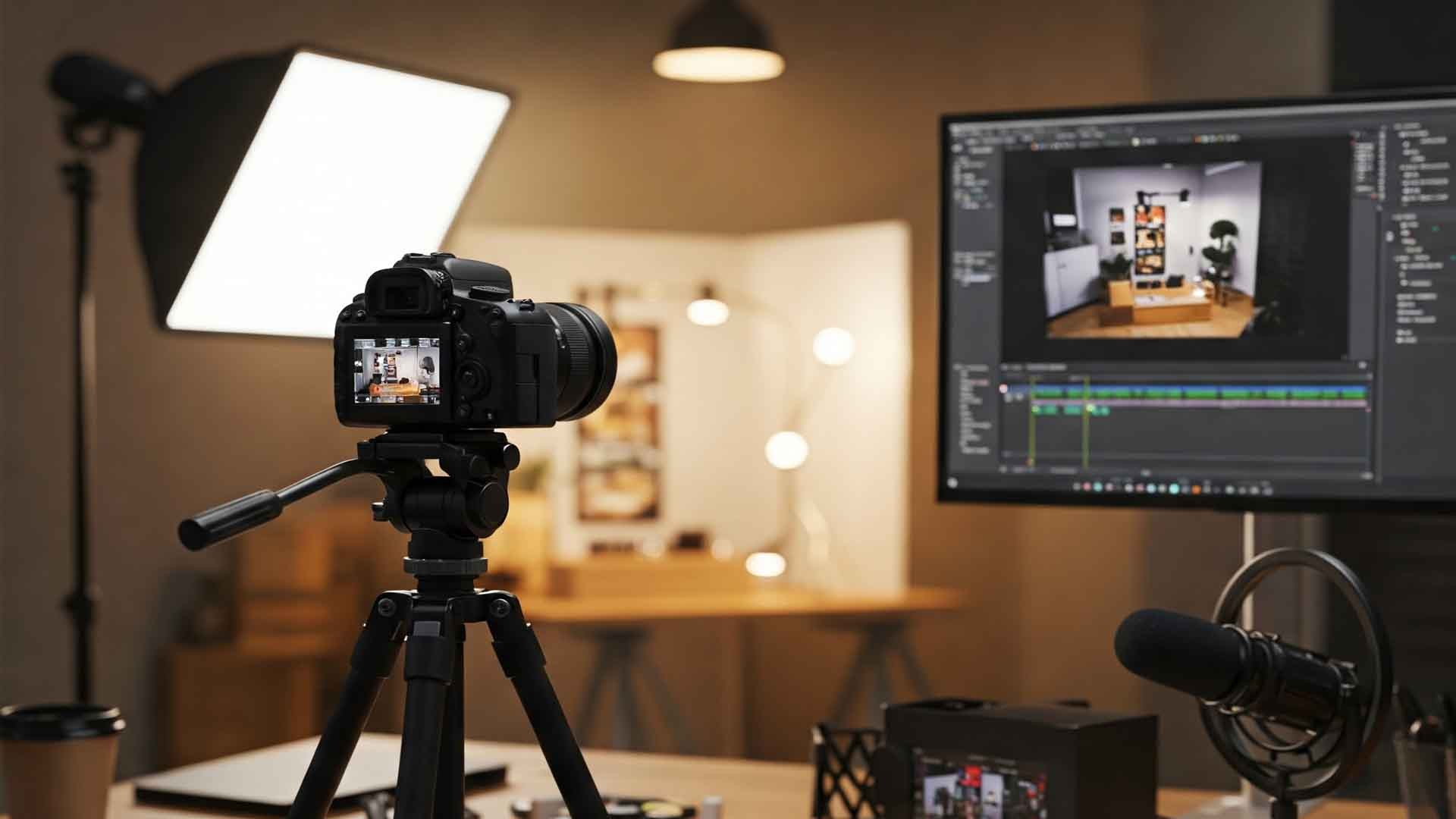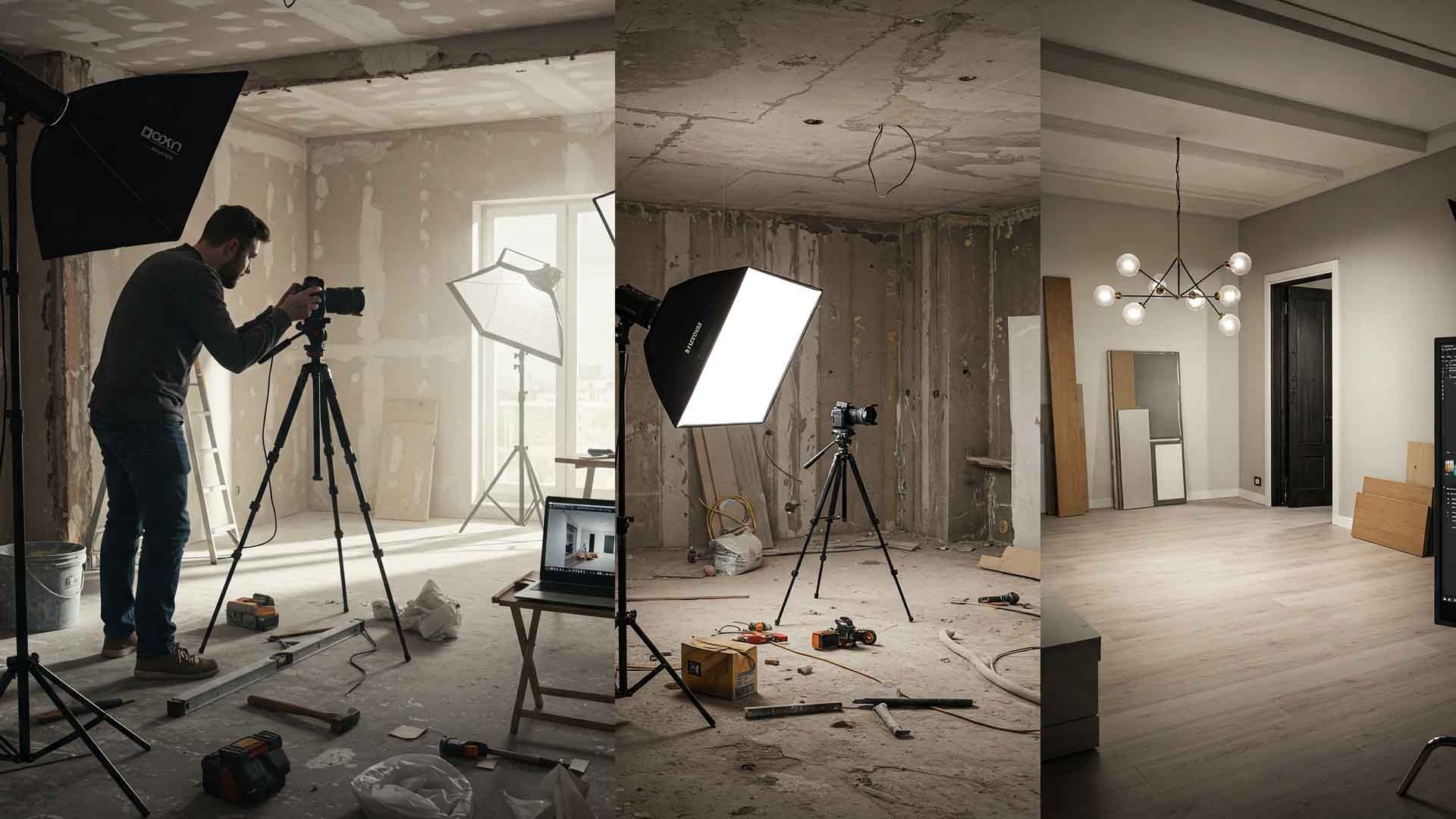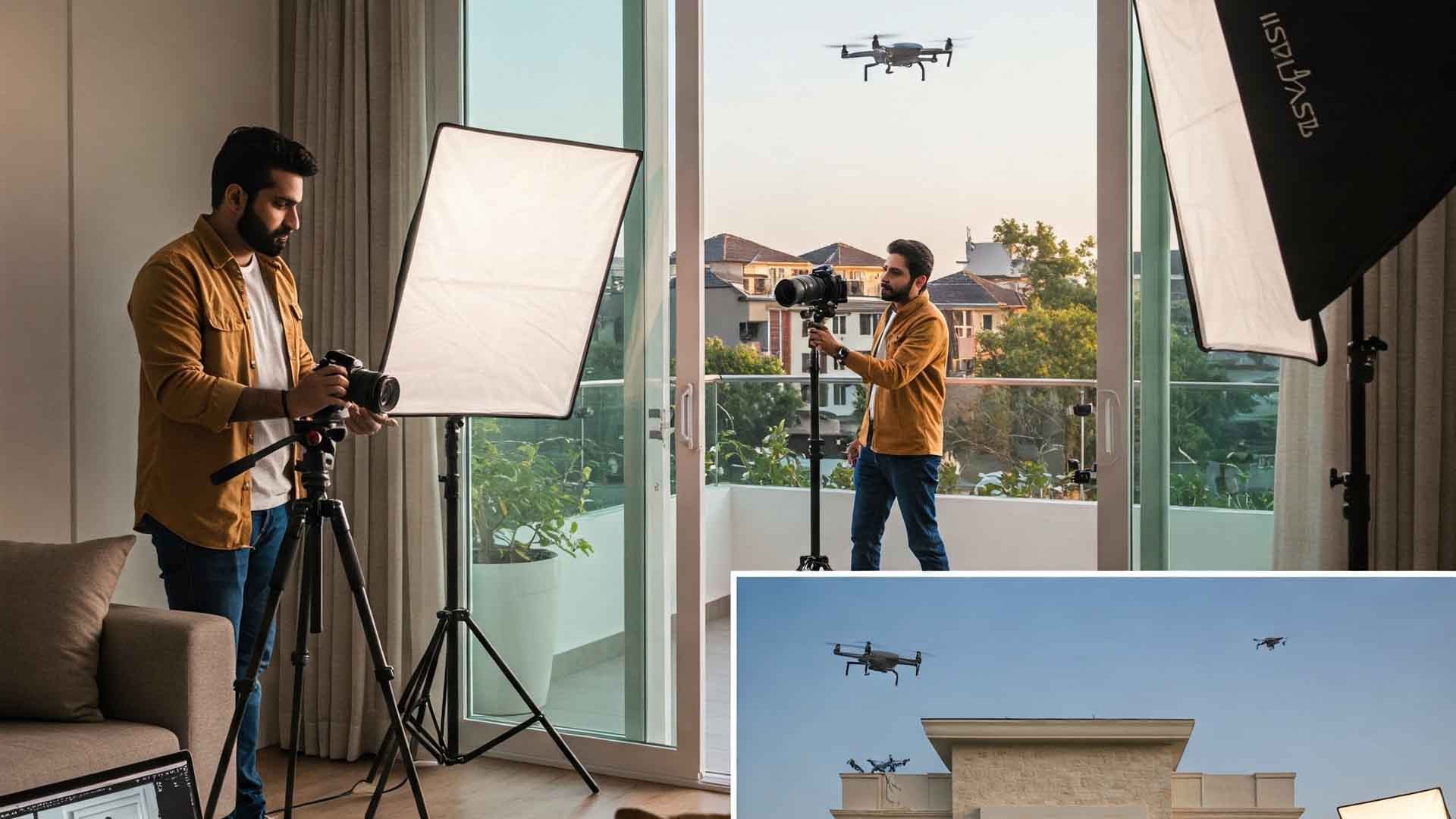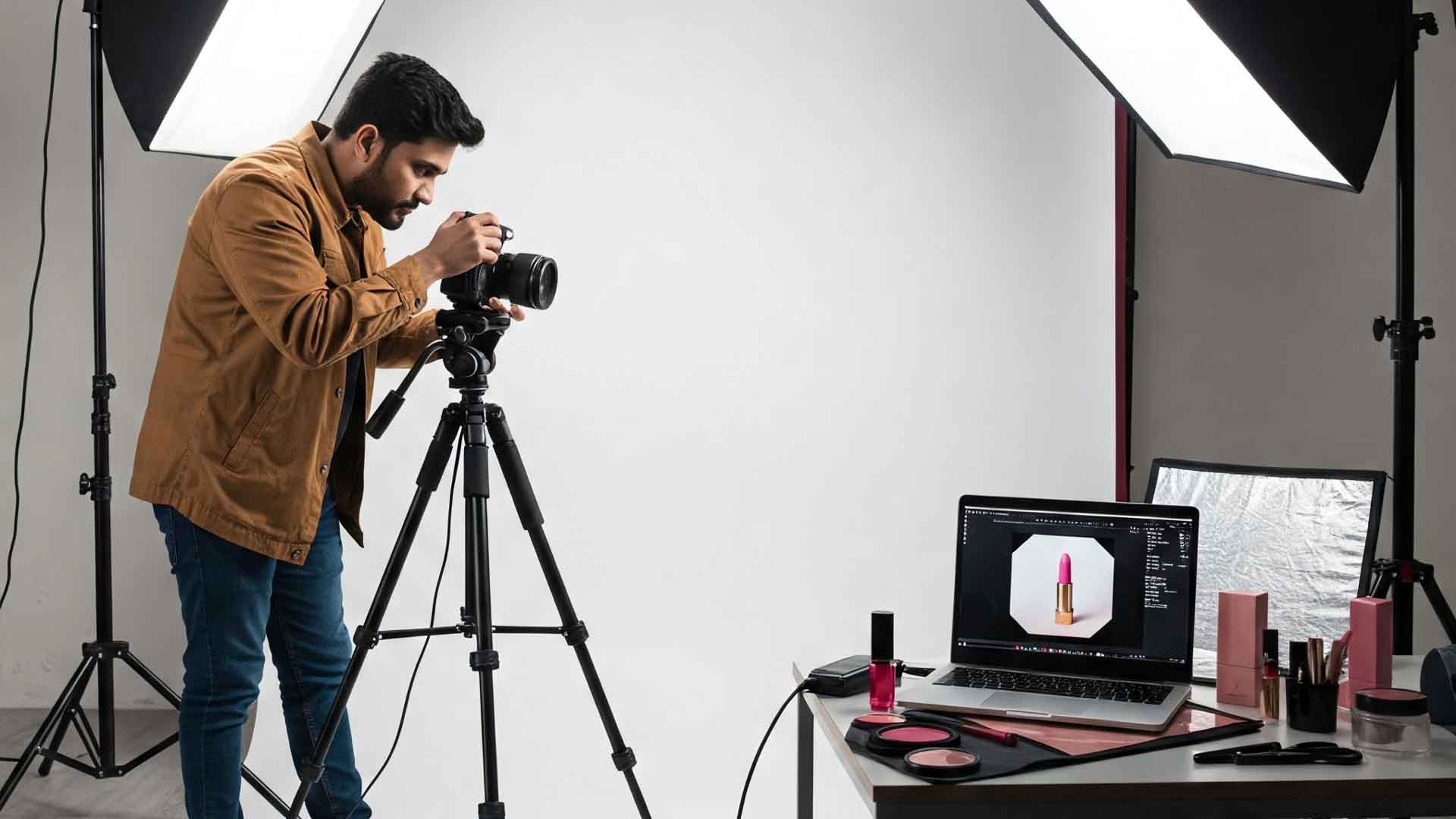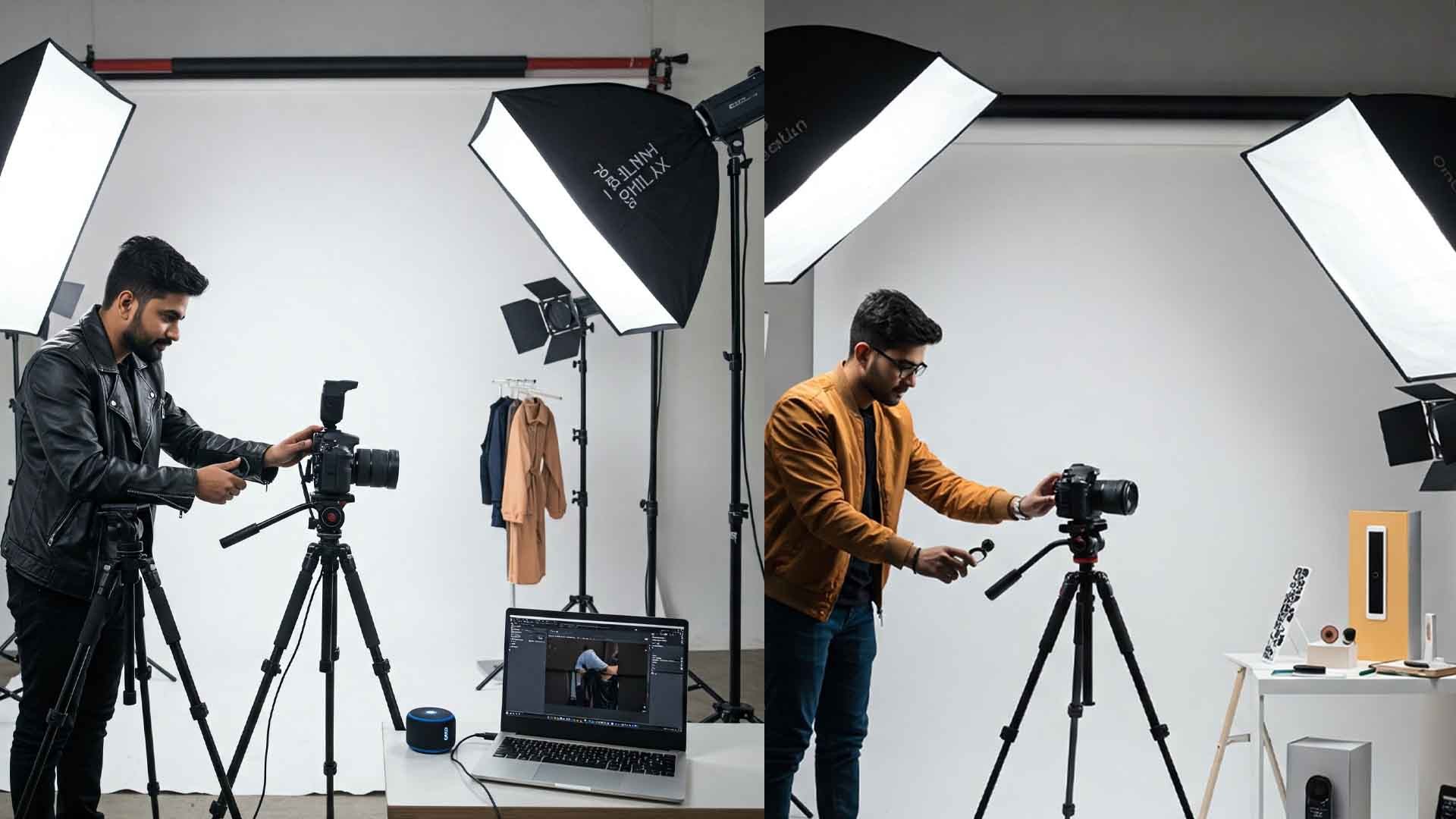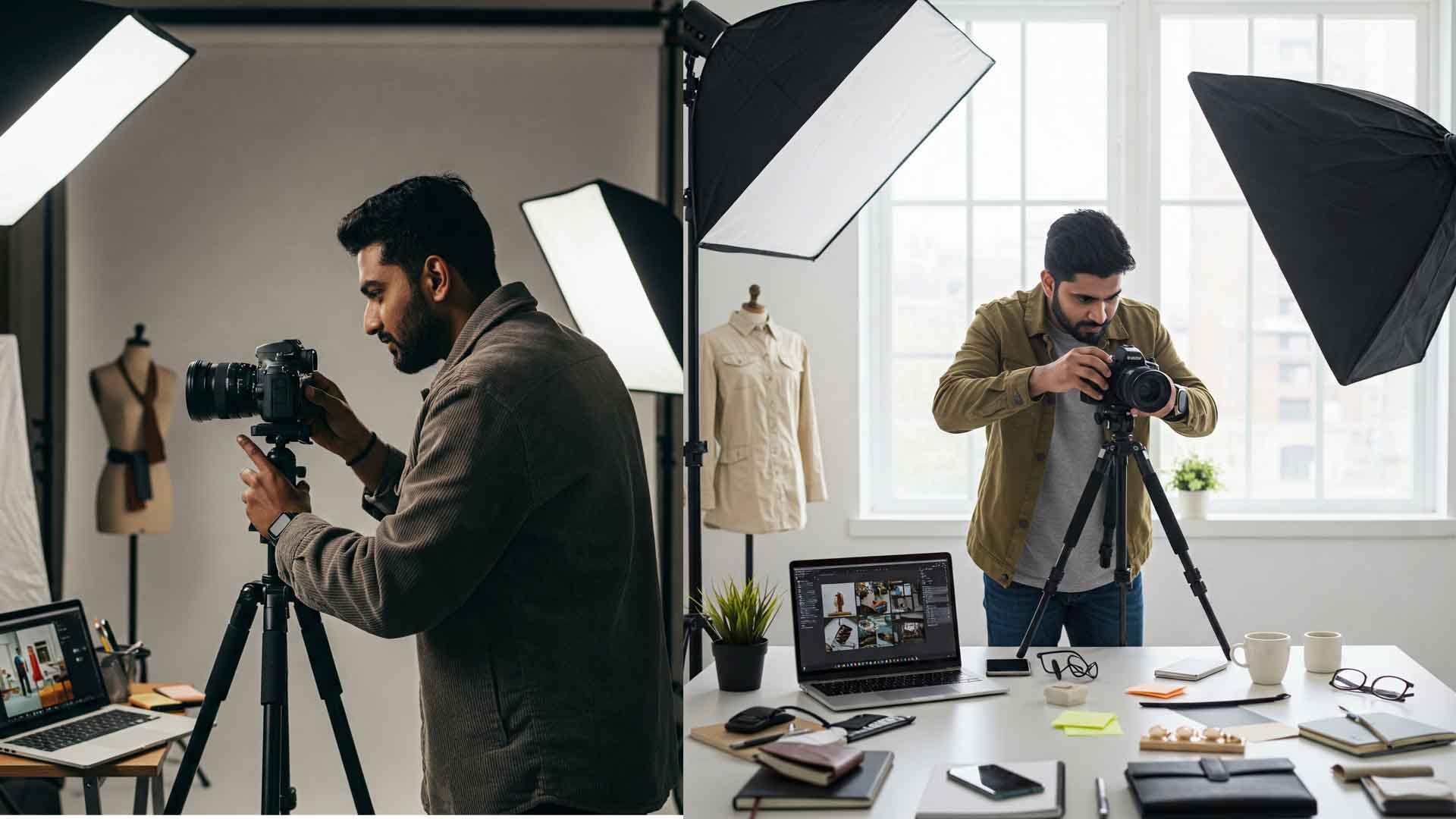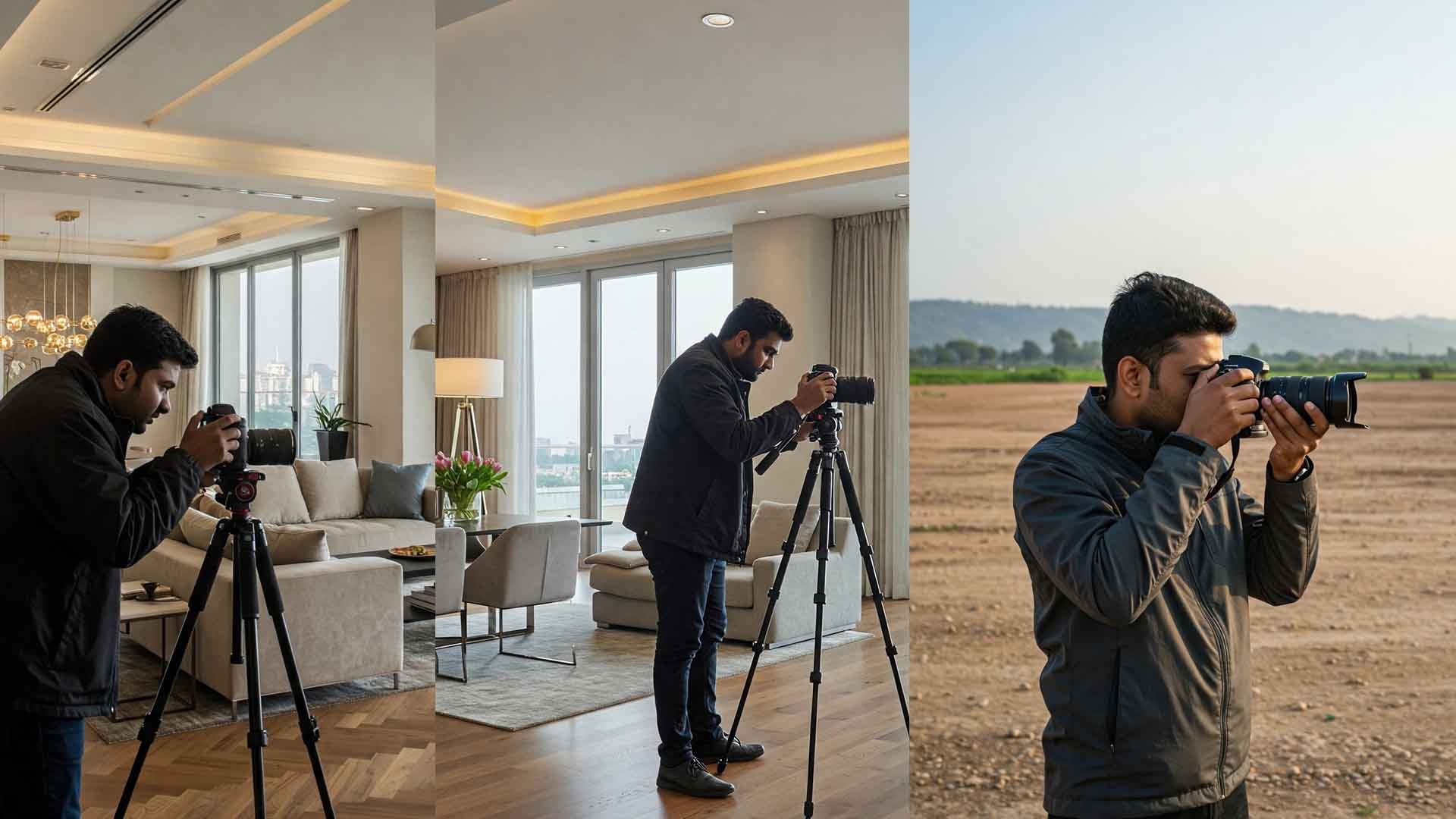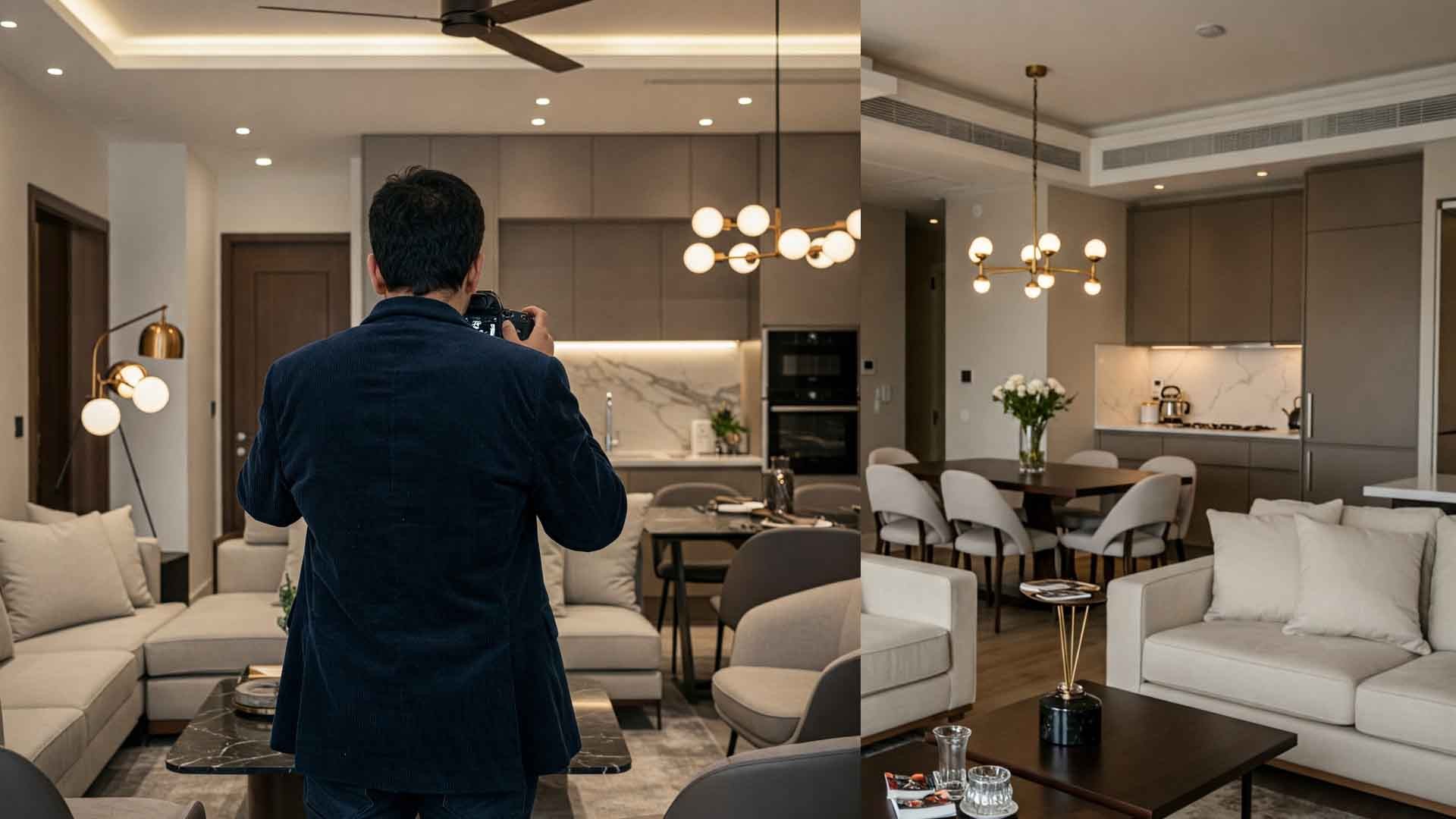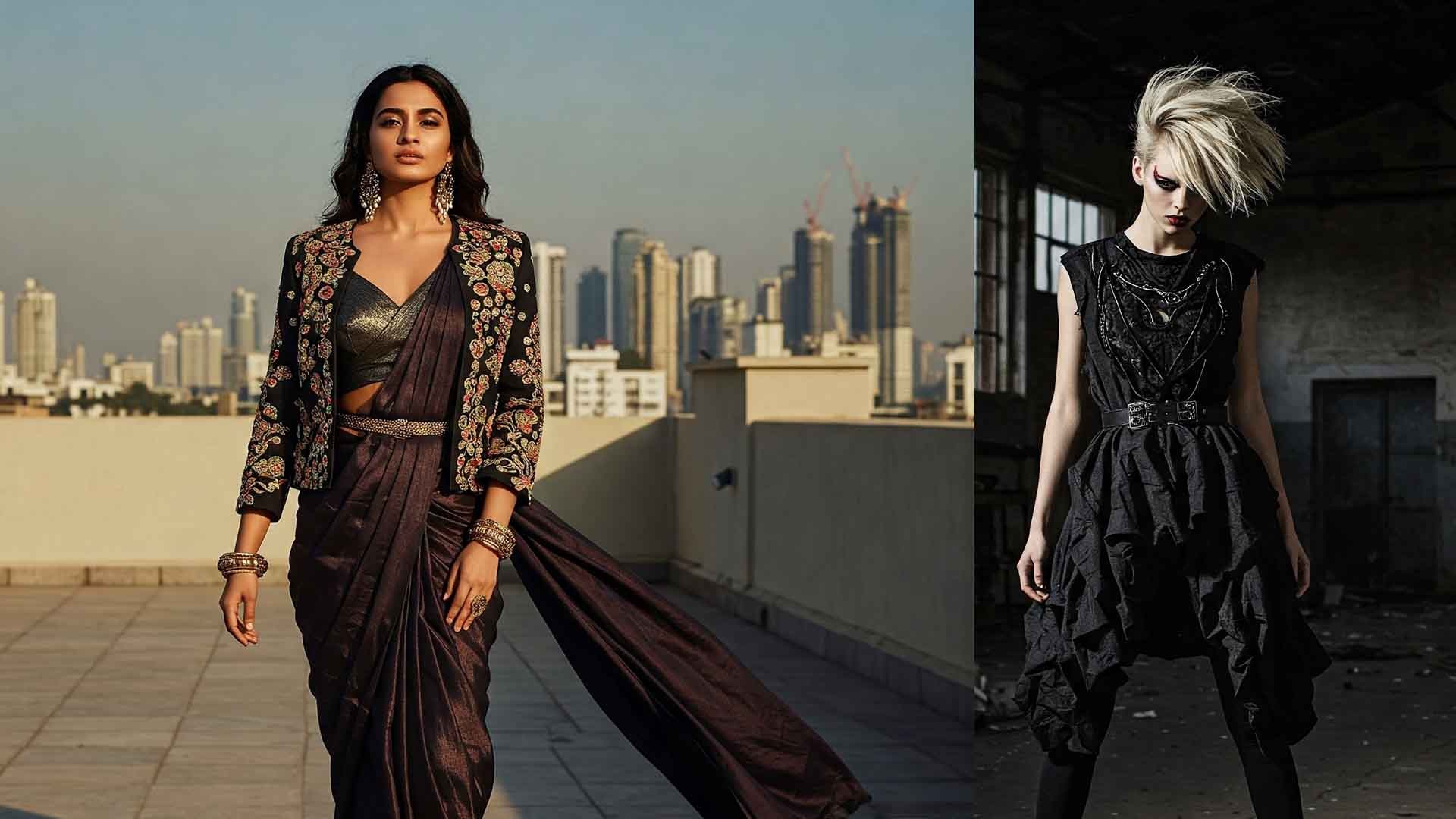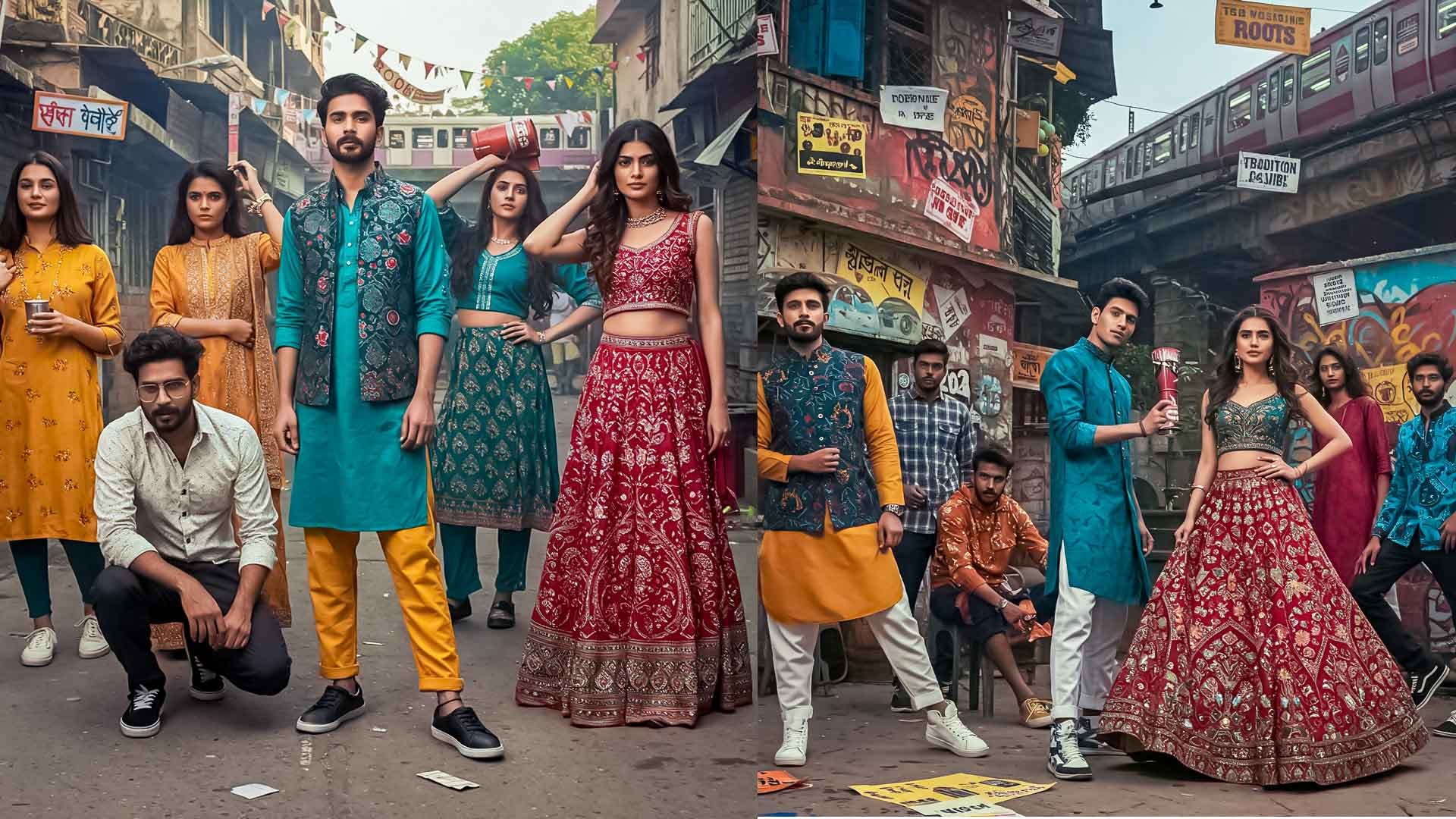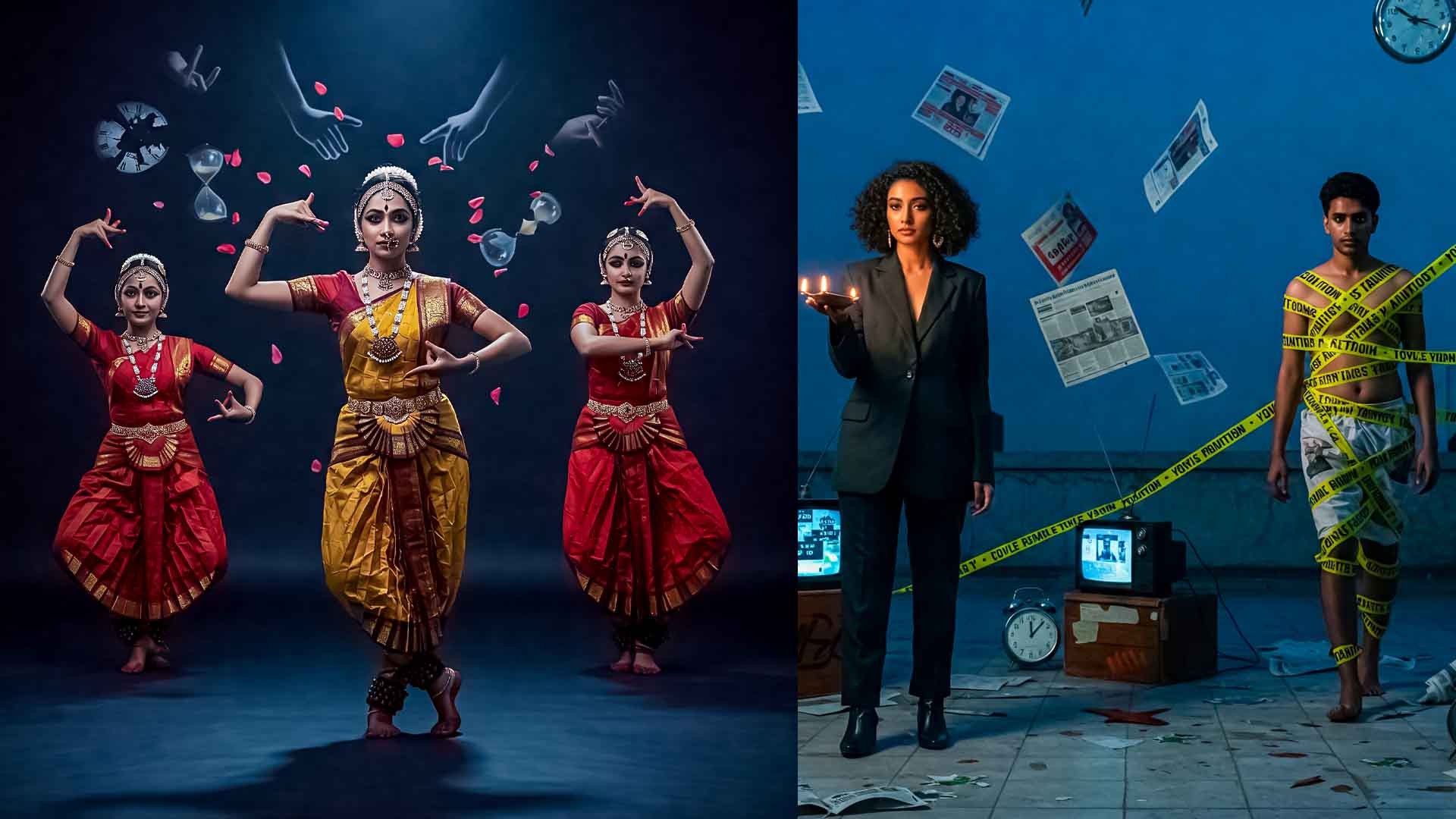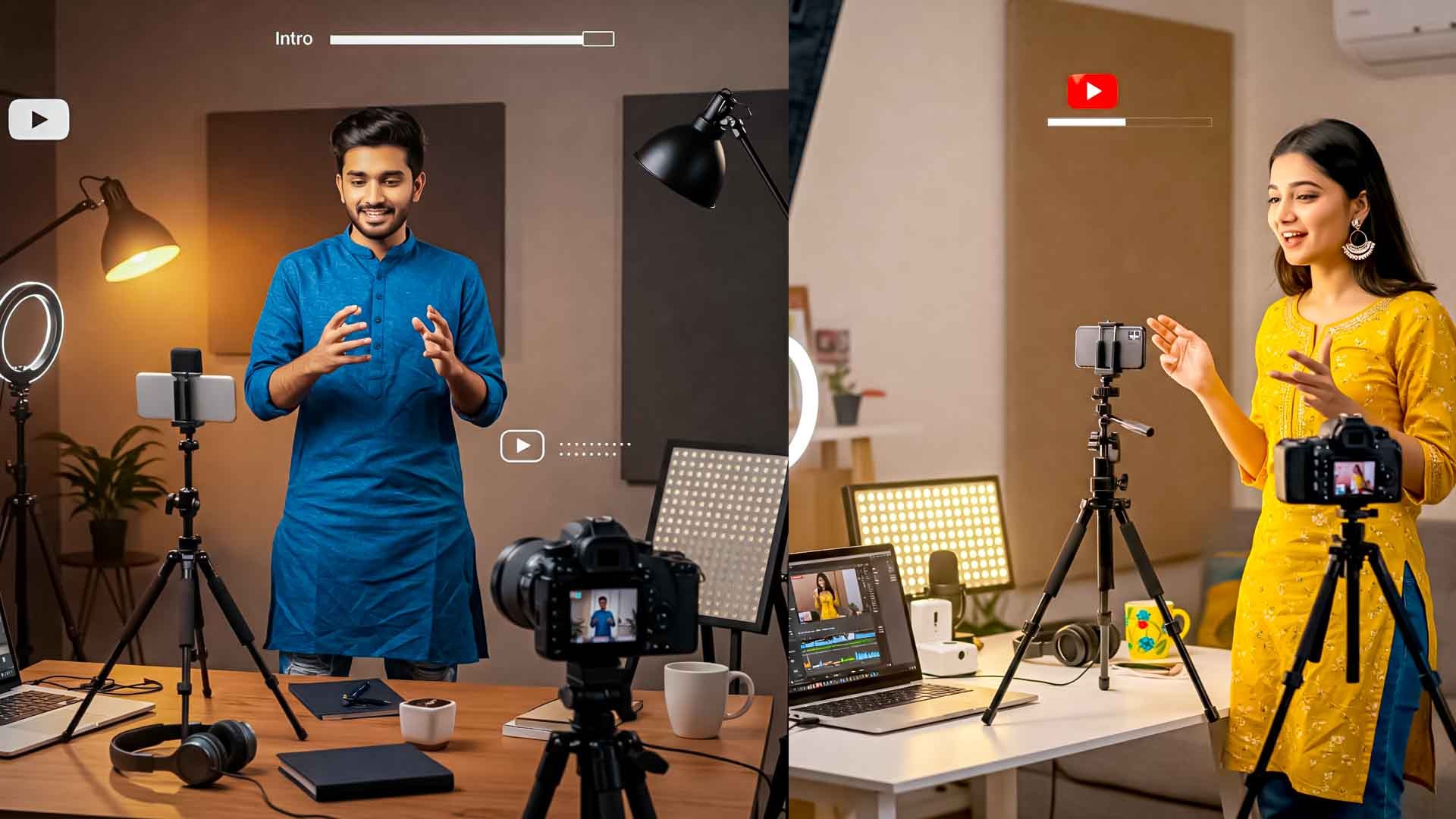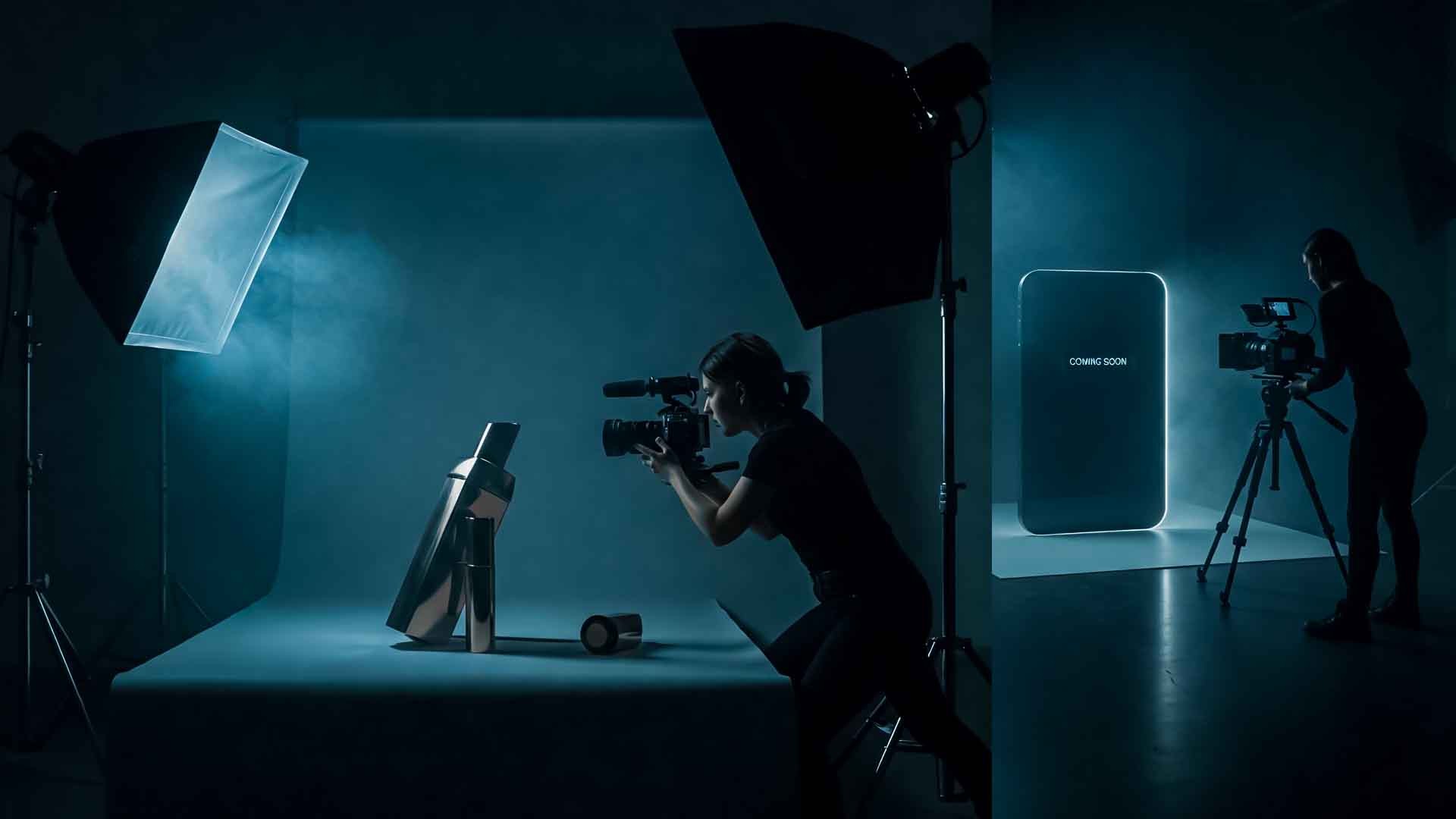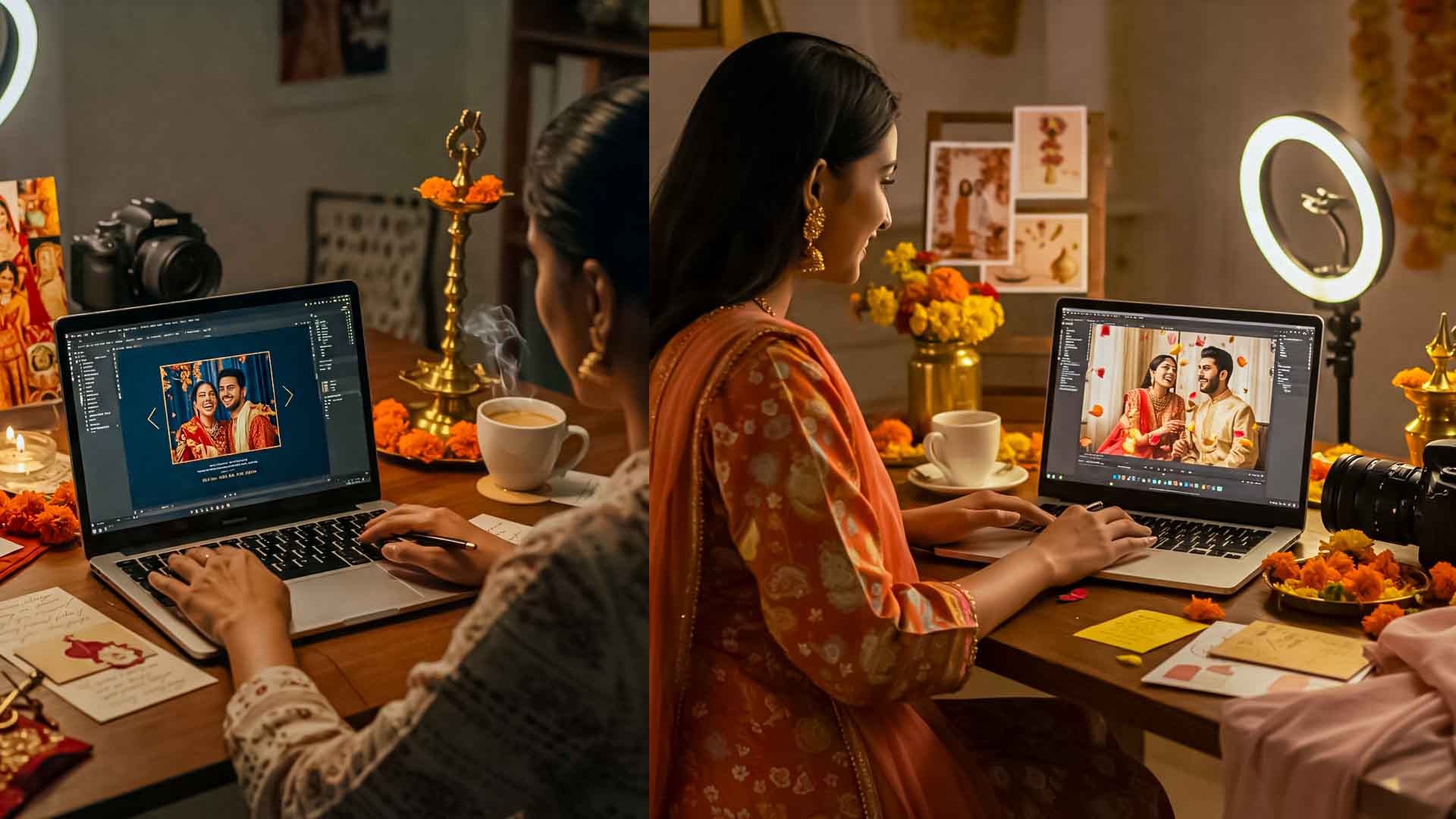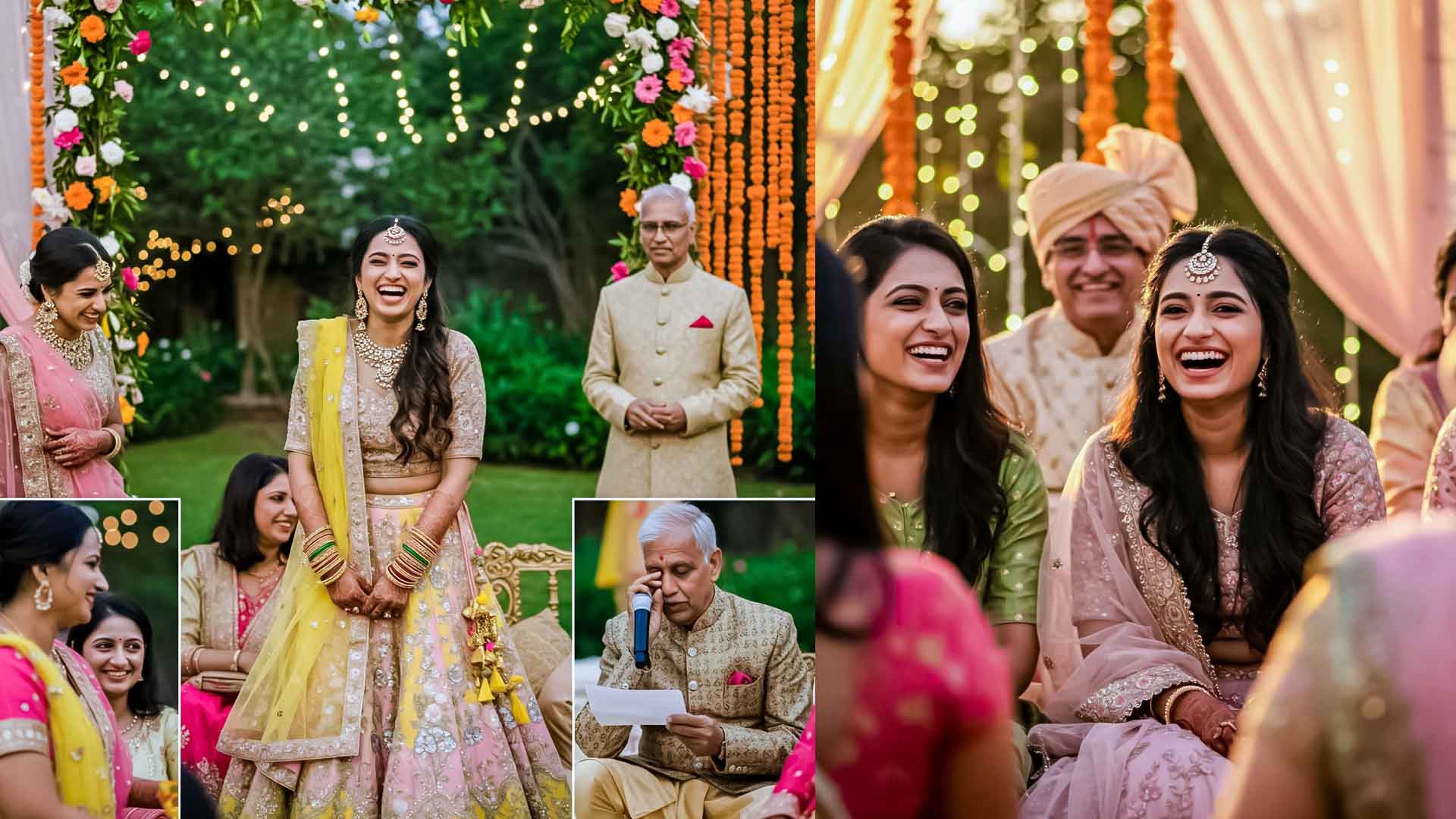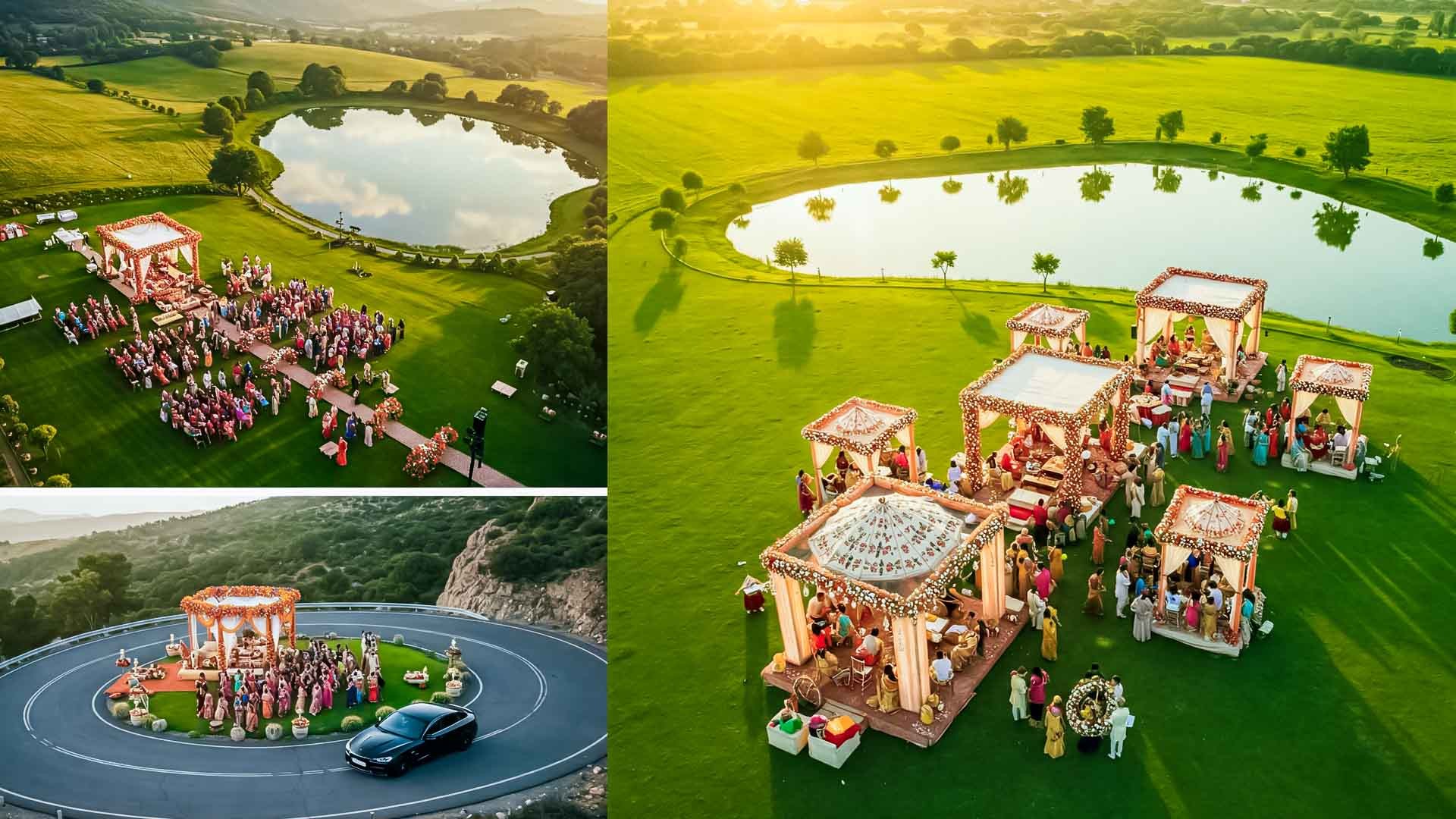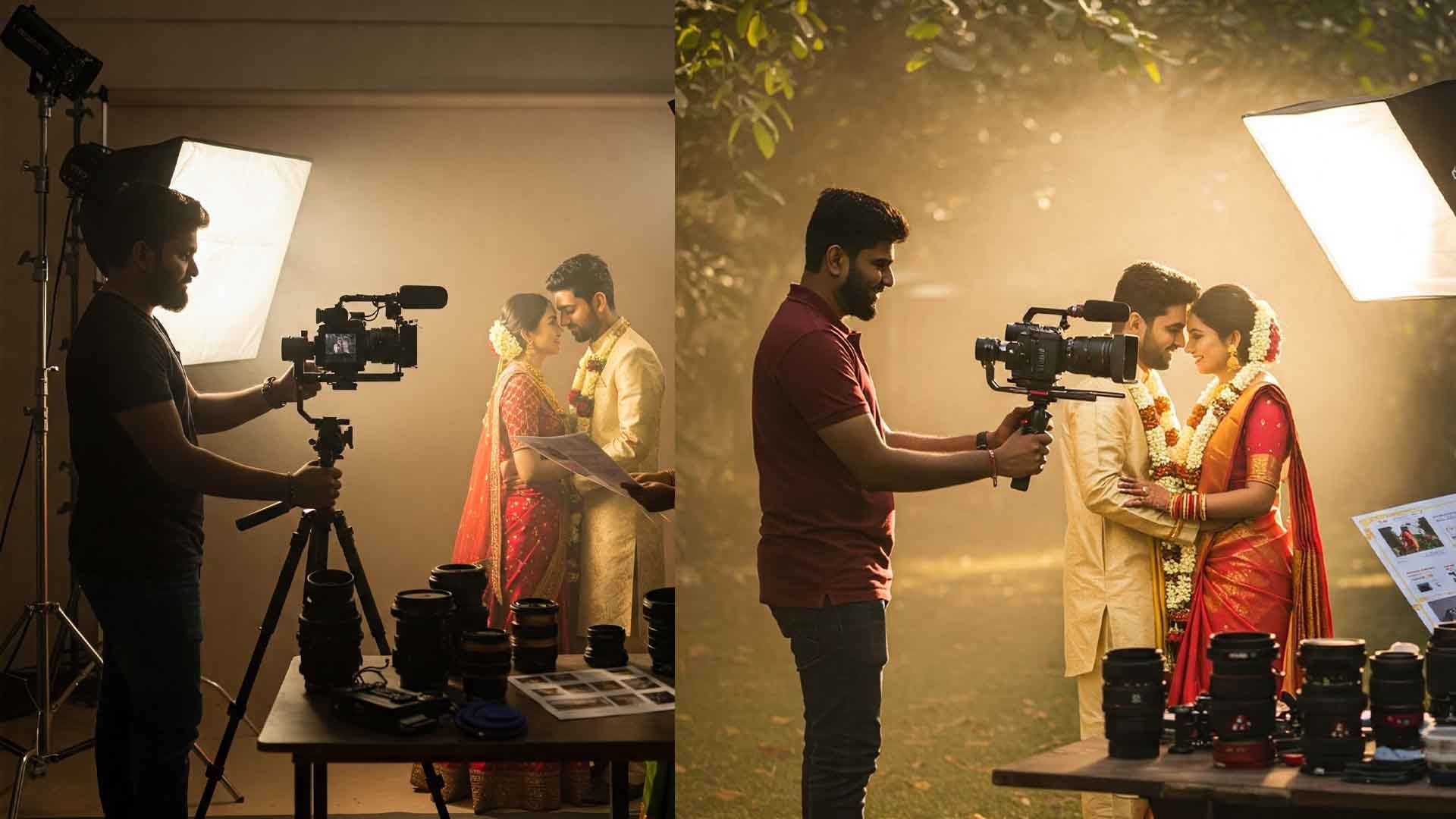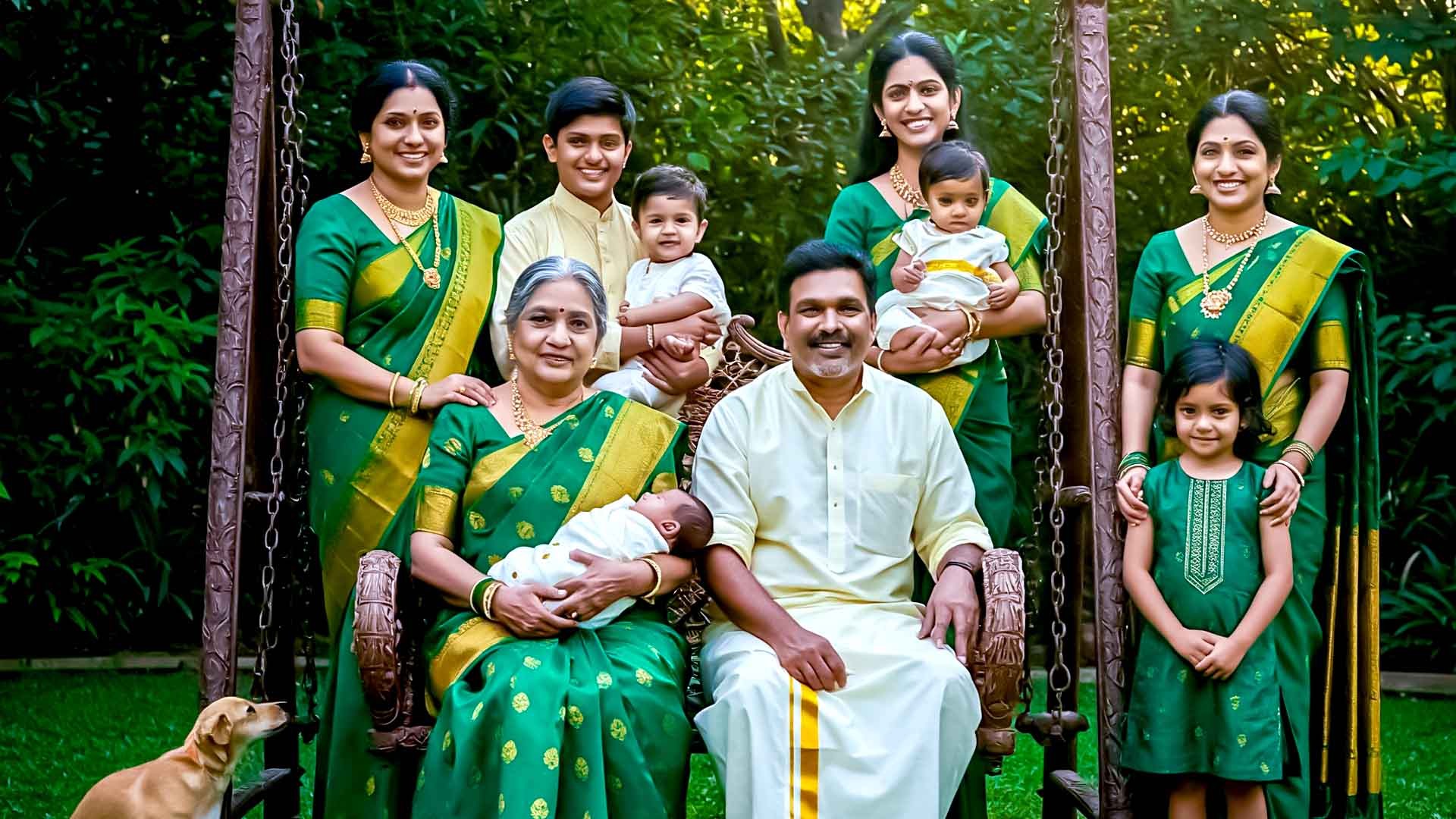Fine Art Photography
Fine Art Photography: The Quiet Power of a Single Frame
There’s photography that documents life—and then there’s photography that interprets it. Fine art photography lives in the latter. It’s not about capturing what we see. It’s about revealing what we feel. What we question. What we long for.
In a single image, a fine art photograph can hold space for silence, sorrow, memory, wonder—or all of them at once.
Defining Fine Art Photography
Unlike commercial or documentary work, fine art photography is created with one core intent: to express the artist’s vision. It’s deeply personal. Often abstract. Sometimes haunting. Always intentional.
These photographs are not made to sell a product or tell the news. They exist to ask, “What do you see?” and maybe even more powerfully, “What do you feel?”
They may hang in galleries. They may be printed in limited editions. But at their heart, they are visual meditations—poems in pixels or grain.
Themes That Whisper Loudly
Every fine art photographer approaches their work differently. Some are drawn to minimalism and light. Others to decay and shadow. But many find themselves circling the same eternal subjects:
-
Time – Fleeting, layered, paused.
-
Human Form – Vulnerable, defiant, fluid.
-
Nature – Not as background, but as metaphor.
-
Identity – Cultural, emotional, imagined.
-
Solitude & Space – The in-between moments, the stillness that speaks.
Fine art photography doesn’t tell you what to think. It invites you to linger, look longer, and discover for yourself.
The Process: More Than the Camera
In fine art photography, the process is as important as the product. A final image might take weeks—or years—to create. Each step is part of the art:
-
Conceptualization – The idea often begins long before the camera comes out.
-
Creation – This could involve staged setups, long exposures, handmade props, or travel to obscure places.
-
Editing – Subtle or surreal, editing is where the emotional tone is sealed.
-
Printing & Presentation – Many fine art photographers carefully select paper, framing, and finishes as part of the experience.
The photograph is only complete when it's ready to be seen—not scrolled past, but truly viewed.
Where It Lives
Fine art photography is found in:
-
Galleries and Museums – Often as part of curated collections or solo exhibitions.
-
Private Collections – Acquired by collectors who resonate with the vision.
-
Photobooks – Carefully designed, limited-edition publications.
-
Public Installations – Large-scale visuals that transform a space.
-
Digital Showcases – Increasingly, online galleries and NFT platforms are also homes for this work.
Whether hanging in silence on a white wall or shared across a digital space, these images always ask for presence.
Closing Thought: The Image That Waits for You
Fine art photography is an invitation. It’s less about answers, and more about allowing. Allowing space to pause. To reflect. To wonder. It’s not fast. It’s not flashy. But it stays with you, in a way few other mediums can.
Because sometimes, the most powerful stories are the ones whispered… through light and shadow, in one quiet frame.


























